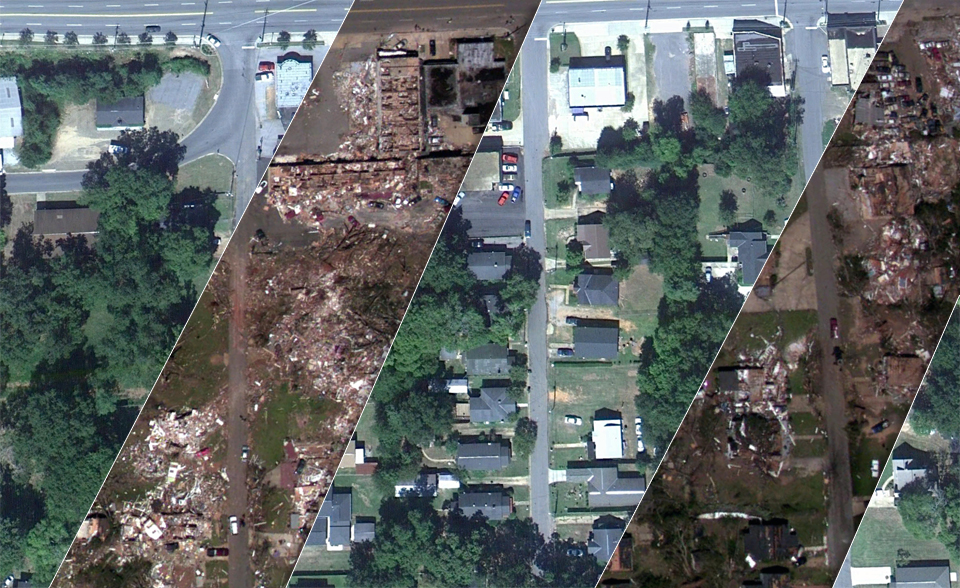What is Kinetic Energy?
The dictionary definition of Kinetic Energy is as simple as "The energy a body possesses due to its motion". What does your body's movement have to do with anything? Our everyday movements may be the next big way of getting energy to satisfy our needs without polluting the environment or releasing carbon into the air. Kinetic energy may be one of many solutions to our environmental problems. This all came about in 1841, when a man named William Thomson introduced the true idea of kinetic energy being used to generate power to the public.
How does it work?
Kinetic Energy is from energy that is from motion of matter. In this case, we can use our own movement to generate energy. We can then use this energy to create electricity. The real key, is how to transform this energy into usable electricity.
How is it transformed into usable power?
The kinetic energy from movement or force, is captured by a generator or gear (momentum) which is then harnessed and sent to capacitors for storage and distribution. This can be used on or off grid as it can be used for smaller mobile devices attached to the body or it can be connected to a power grid to help give more power to local areas. This would be part of a decentralized system as it does not need one control point. They can all run separate.
How can we capture Kinetic Energy in our everyday lives?
Kinetic energy is already spiking in today's society. Kinetic energy is being captured in a variety of objects. Kinetic energy is captured in small things such as watches, and large things such as people jumping in stadiums. The energy captured from your movement in a watch is used to power the watch. The energy captured form your movement in a stadium, is used to power lights and electricity used throughout the area. Typical business and homes can adapt to kinetic energy by installing tiles on the floor to capture walking movement or even cheaper methods such as adopting the kinetic watch in order to help save battery's and electricity. Kinetic work-out machines can help store energy from your workout as well as motivate people to get in shape. Its a two in one deal! The largest obstacle to overcome is the amount of power that current day kinetic methods generate or store. we are not able to transform an abundant amount of energy into electricity, otherwise we would have switched years ago! Within time, we will be able to capture more kinetic energy as well as adapt to alternative energy saving devices.
How will it look?
Between the basic ideas that I have stated above, they can hide within our everyday devices. With unique designs, they may be their own style in time. Most kinetic energy generators/capacitors/ or even devices are not as large as people thing. Scientists are finding ways to store more power using smaller components!
Click here for a video about kinetic energy
Sources:
http://en.wikipedia.org/wiki/Kinetic_energy
http://hyperphysics.phy-astr.gsu.edu/hbase/ke.html
http://www.physicsclassroom.com/class/energy/u5l1c.cfm
http://hyperphysics.phy-astr.gsu.edu/hbase/ke.html
http://www.physicsclassroom.com/class/energy/u5l1c.cfm
Thanks for reading!
Mr. Sontheimer's Global Issues
~ Ethan Tipton
Mr. Sontheimer's Global Issues
~ Ethan Tipton
